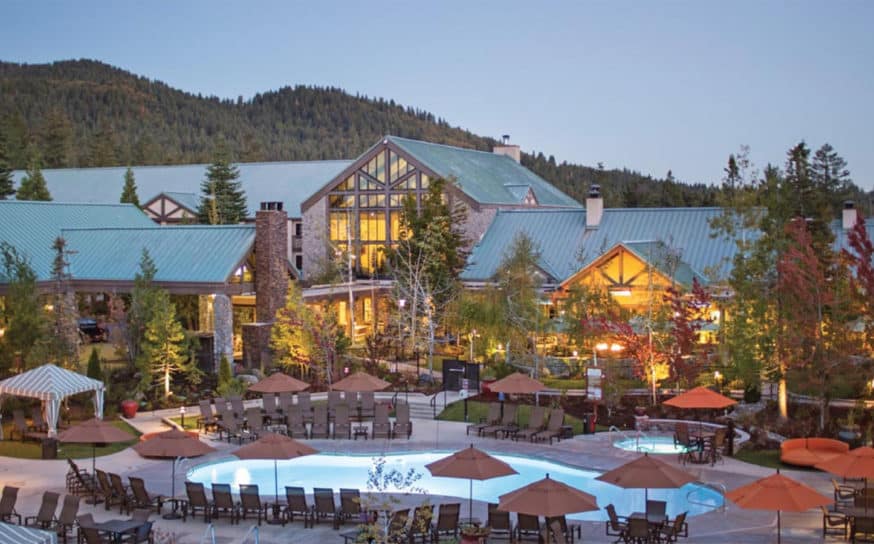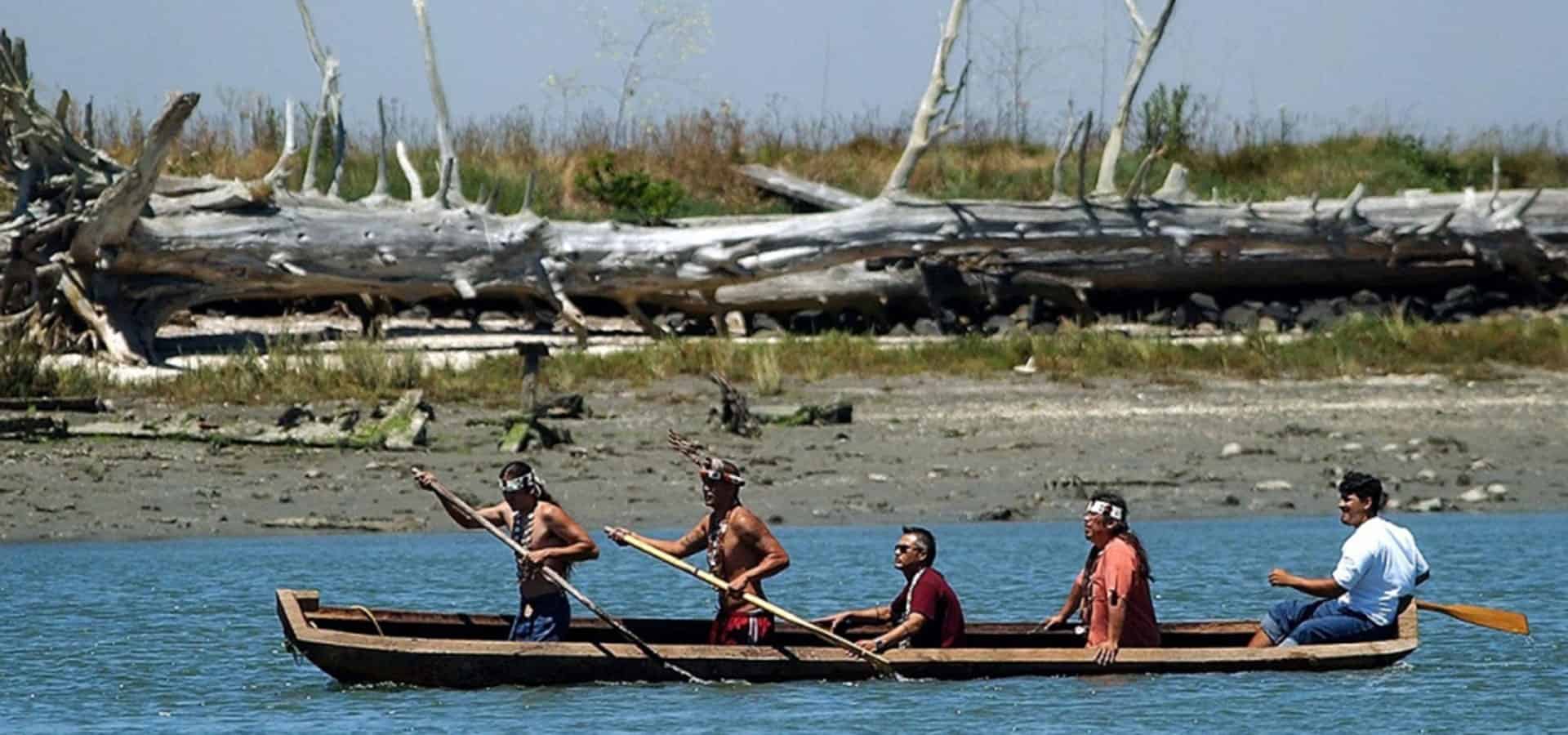
The Largest of Three Islands in Humboldt Bay Will Be Returned to Its Native Tribe
The 280-acres was once home to two Wiyot villages.
-
CategorySustainability
The Eureka City Council recently voted unanimously to declare more than 200 acres of city-owned land on Indian Island “surplus property” and directed the city manager to negotiate its return to the Wiyot Tribe. According to archeologists, the island was home for at least 1,000 years.
In a story for North Coast Journal, Tribal Chair Ted Hernandez underscored this when he addressed the council that evening, saying he refused to call the island—named Duluwat in the Wiyot language and encompassing the villages of Tuluwat and Etpidohl—‘surplus property’ as it was bureaucratically being dubbed.
“It’s sacred land,” he said. “This is our sacred property. It’s where our ancestors are. That’s where our ancestors are buried, and that’s what we recognize it as. It’s the center of our world.”
You can read more about the Wiyot Tribe and their tumultuous history in the Humboldt region here.
Yosemite Gets Its Groove Back … and Welcomes Back an Important Grove
We missed you, Mariposa Grove.
Monday Moods: “Laws of Attraction”
Circumnavigating the complexities of love … with a soundtrack.
Take Your Wellness on the Road with SoCal-Based Celebrity Trainer Gunnar Peterson
The world’s best workout.



